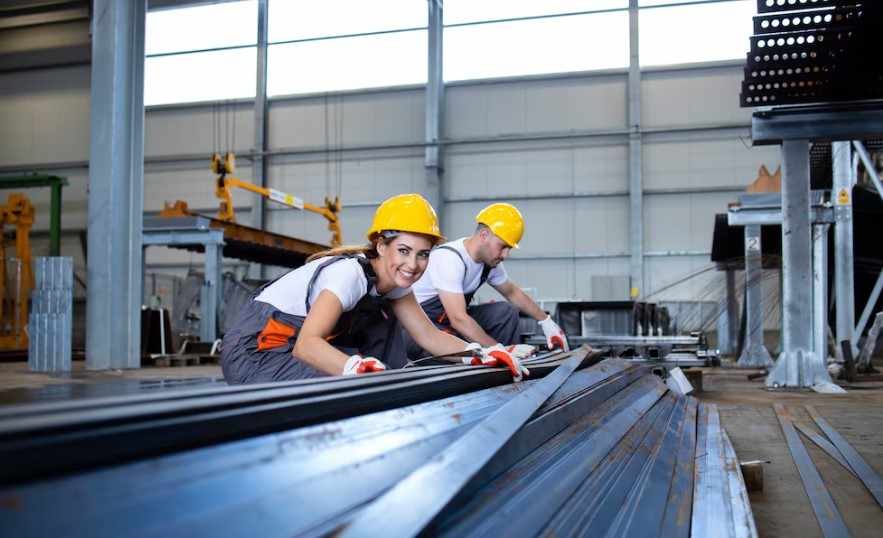
In recent years, the construction industry has witnessed a remarkable shift in building trends and technologies. Among these, Hybrid Steel Building services have emerged as a top choice for architects, engineers, and property developers alike. Combining the best of multiple construction materials and techniques, hybrid steel buildings offer superior durability, speed, and cost-efficiency. As businesses and governments look to build smarter and faster, these innovative structures are quickly replacing traditional methods.
What Are Hybrid Steel Building Services?
Hybrid steel buildings are engineered using a mix of construction materials such as steel, concrete, and sometimes even timber. This approach blends the strengths of different materials to create structures that are both lightweight and incredibly strong. The core of such buildings typically uses steel for its unmatched tensile strength, while other materials contribute insulation, acoustic performance, and visual appeal.
These services are not limited to industrial projects—they are now being adopted for commercial complexes, educational institutions, and even residential buildings. The flexibility and adaptability of hybrid systems make them an ideal choice for diverse building needs.
Benefits of Choosing Hybrid Steel Construction
1. Faster Construction Time
Hybrid steel buildings can be prefabricated off-site and then quickly assembled on location. This reduces the overall construction timeline significantly, saving both time and money.
2. Cost-Effective Solutions
Because of reduced labor needs, minimal material wastage, and faster build times, hybrid systems often prove to be more economical in the long run. This makes them especially appealing to developers working on tight budgets or deadlines.
3. Greater Design Flexibility
Architects love hybrid structures because they are not restricted by one material. This allows for more creative and customized designs, which can accommodate aesthetic, functional, and environmental needs more efficiently.
4. Sustainability and Energy Efficiency
Hybrid steel buildings are generally more sustainable due to the use of recyclable materials and energy-efficient design practices. They also support eco-friendly certifications like LEED (Leadership in Energy and Environmental Design).
Hybrid Steel vs. Conventional Steel Structures
It’s important to understand the differences between hybrid systems and Conventional Steel Structures to truly grasp why the former is gaining traction.
Conventional steel buildings rely entirely on steel for the framework and load-bearing components. While these structures are strong and reliable, they can sometimes be limited in terms of insulation, acoustic control, and design flexibility. Additionally, they may require more maintenance over time due to issues like corrosion, especially in coastal or humid environments.
Hybrid systems, on the other hand, overcome many of these limitations. The use of composite materials not only enhances performance but also extends the lifespan of the structure with minimal upkeep.
Real-World Applications and Examples
From shopping malls in urban centers to data centers and warehouses, hybrid steel buildings are being used in a wide variety of projects. For example, many educational institutions are now constructing hybrid buildings that blend steel frames with concrete walls to ensure fire resistance, better soundproofing, and longer durability.
In industrial settings, hybrid buildings have enabled the creation of large-span facilities without the need for internal columns, maximizing usable floor space. Additionally, residential complexes in earthquake-prone zones are increasingly using hybrid models for added structural resilience.
Challenges and Considerations
While hybrid construction is highly advantageous, it’s not without challenges. The planning and design process is more complex, requiring experienced engineers who can properly integrate multiple materials. The cost of high-tech prefabrication methods may also be a concern in some regions. Nevertheless, these are short-term issues that are quickly being resolved through advancements in software and construction technology.
Conclusion: A Smart Investment for the Future
As cities grow and sustainability becomes a global priority, the demand for flexible, efficient, and eco-friendly construction methods will only rise. Hybrid steel building services offer a practical solution for today’s complex building demands, outperforming traditional models in almost every key area.
While Conventional Steel Structures still have their place, the future clearly belongs to hybrid systems. If you're planning a construction project—big or small—now is the perfect time to consider this modern approach. With the right planning and professionals, hybrid steel buildings can offer unmatched value, durability, and versatility.

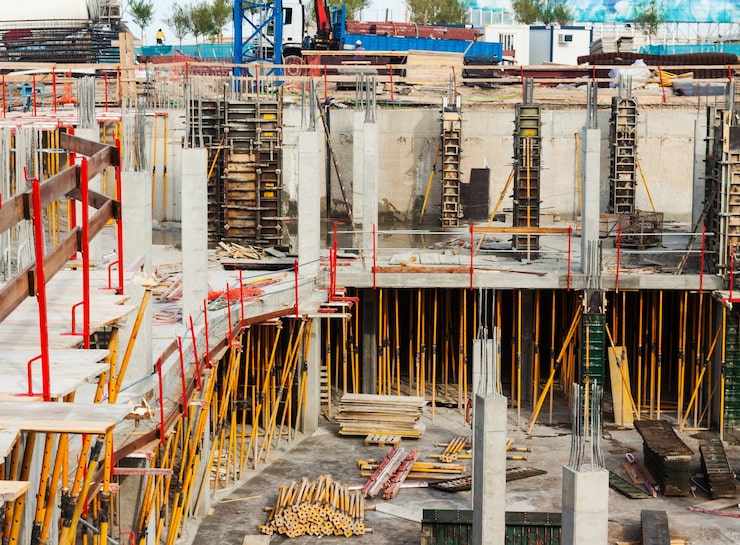
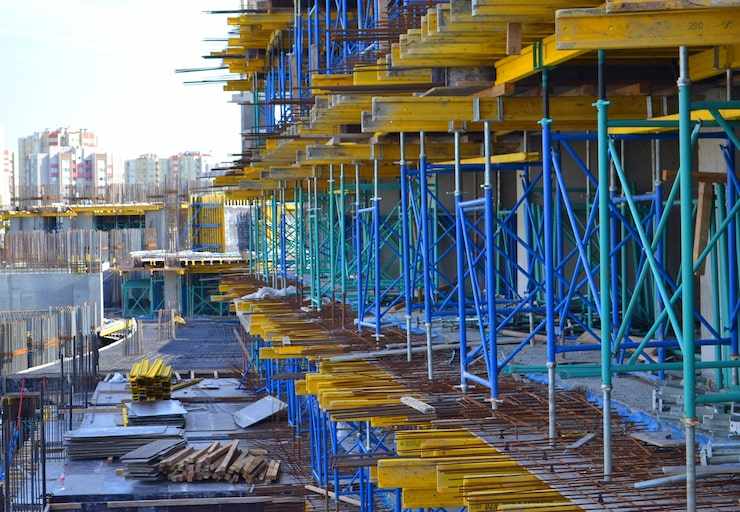
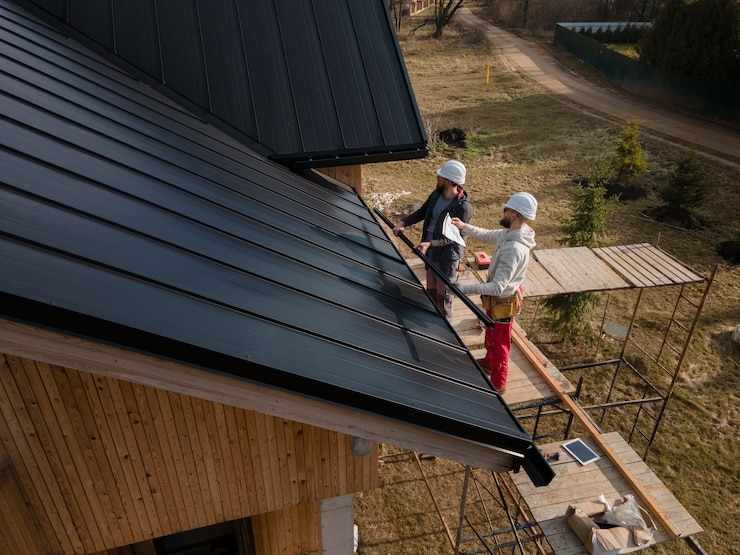
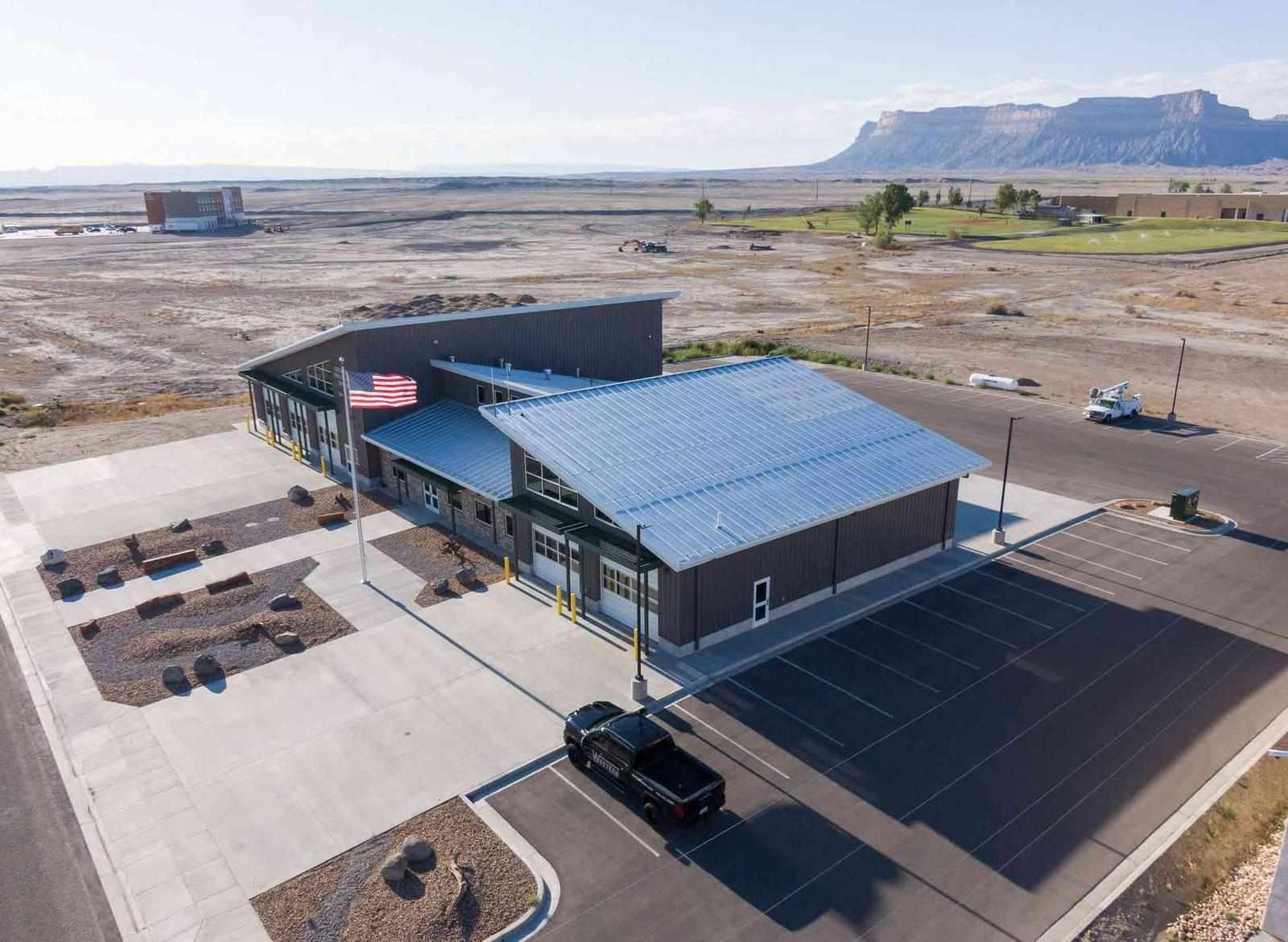
Write a comment ...